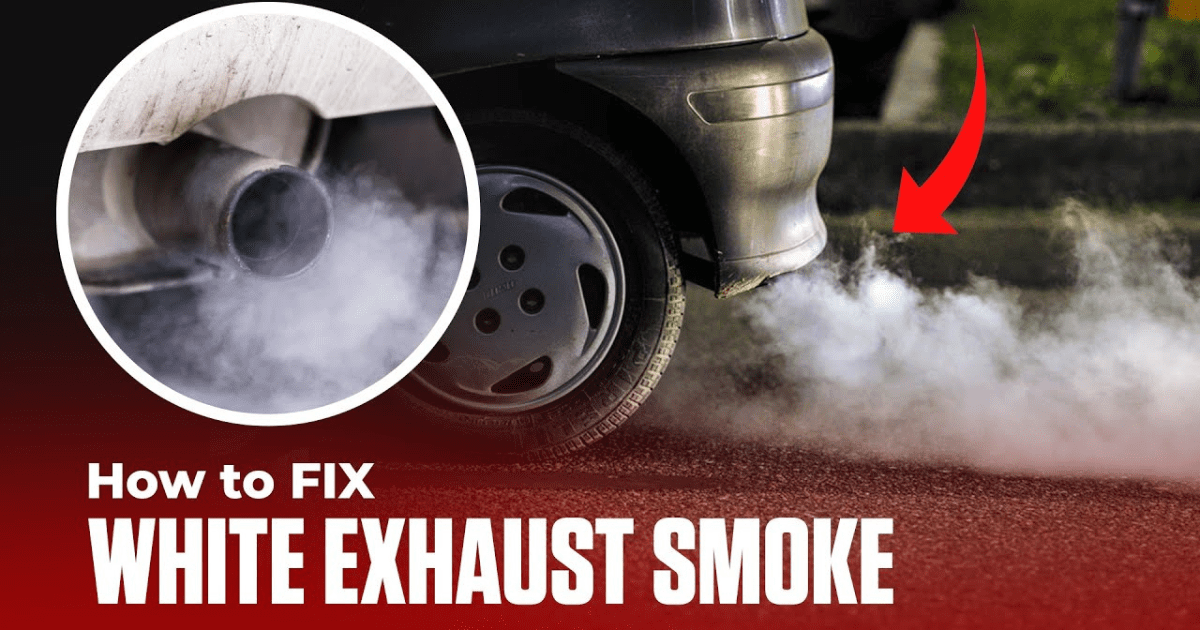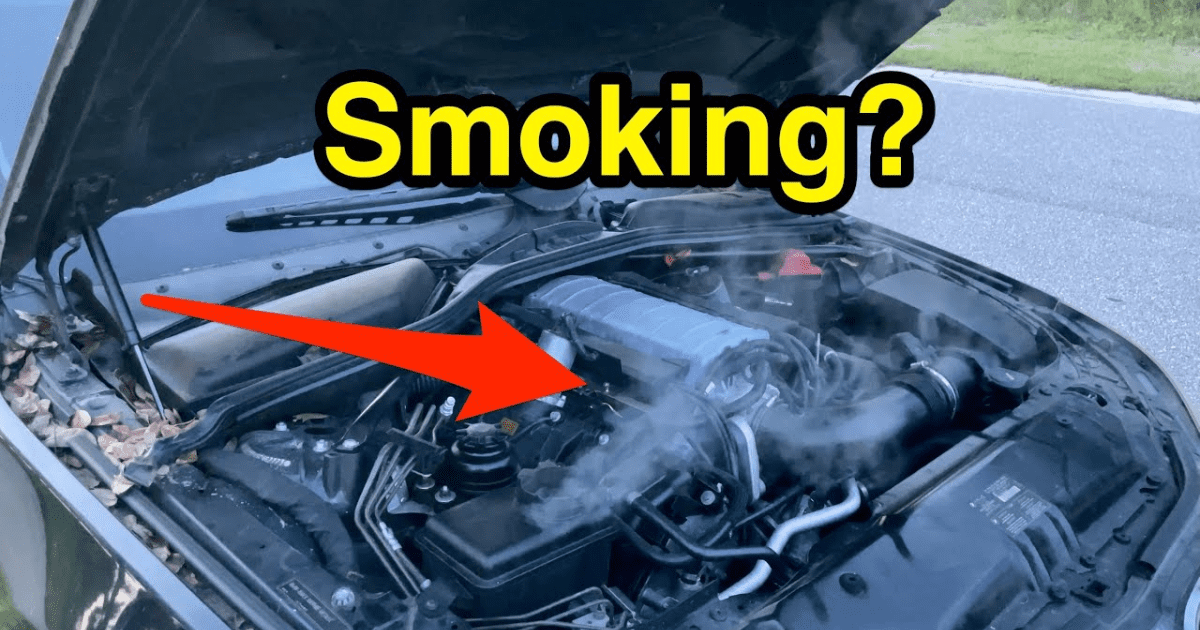White smoke is a thick and cloudy exhaust emission produced by diesel engines. It may have a sweet or fuel-like smell. White smoke is different from black smoke or blue smoke, which are also types of exhaust emissions indicating problems with the engine or the fuel system. White smoke is bad because it means that the diesel fuel is not being burned completely in the combustion chamber, resulting in poor engine performance, reduced fuel efficiency, increased emissions, and potential engine damage. It can also harm the environment and people’s health who breathe it.
Causes of White Smoke in Diesel Engines
Several possible causes of white smoke in diesel engines include:
- Coolant leakage: Coolant leakage into the combustion chamber due to a damaged head gasket, cracked cylinder head, or other issues can mix with the diesel fuel and create white smoke.
- Fuel system issues: Clogged injectors, a faulty injection pump, poor fuel quality, dirt, water, or air in the fuel can cause incomplete combustion and white smoke.
- Low compression: Worn piston rings, damaged valves, or other issues can cause low compression, resulting in the air and fuel mixture not igniting properly, and causing white smoke.
- Cold weather: Cold weather can make it harder for the fuel to ignite and burn completely, resulting in white smoke, especially when starting the engine.
- Air intake issues: Blocked or restricted air intake systems can reduce the amount of air that enters the combustion chamber, resulting in a rich fuel mixture and white smoke.
- Turbocharger issues: Faulty or damaged turbochargers can affect the pressure and temperature of the air and fuel mixture, causing incomplete combustion and white smoke.
- Head gasket issues: Blown or cracked head gaskets can allow coolant or oil to enter the combustion chamber, creating white smoke with a blue or gray tint.
How to Fix White Smoke in Diesel Engines?
The best way to fix white smoke in diesel engines is to identify the cause and address it as soon as possible. Here are some general steps to follow:
- Check the coolant level and the oil level. If they are low, there may be a leak somewhere. Look for signs of coolant or oil in the exhaust pipe, the radiator, or the engine block. If you find any, you may need to replace the head gasket, the cylinder head, or other parts.
- Check the fuel quality and the fuel filter. If the fuel is contaminated with water, dirt, or air, it can cause white smoke. Drain the fuel tank and refill it with fresh diesel. Replace the fuel filter and bleed the fuel system to remove any air. You may also use a fuel additive to improve the combustion and reduce the smoke.
- Check the injectors and the injection pump. If they are clogged, dirty, or faulty, they can cause white smoke. Clean the injectors and the injection pump with a cleaner or a solvent. You may also need to adjust the injection timing and pressure or replace the injectors or the pump if they are damaged.
- Check the compression and the valves. If they are low or damaged, they can cause white smoke. Perform a compression test and a leak-down test to measure the compression and identify any leaks. You may need to replace the piston rings, the valves, or other parts if they are worn or broken.
- Check the air intake system and the turbocharger. If they are blocked, restricted, or faulty, they can cause white smoke. Clean the air filter and the intake manifold. Check the turbocharger for any signs of oil leaks, worn bearings, or damage. You may need to repair or replace the turbocharger if it is defective.
- Check the weather and the engine temperature. If it is cold, you may need to use a block heater or a glow plug to warm up the engine before starting it. If it is hot, you may need to check the cooling system and the thermostat to prevent overheating. You may also need to use a different grade of diesel fuel that is suitable for the weather conditions.




